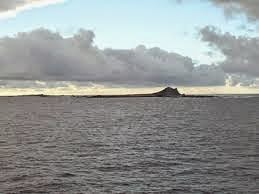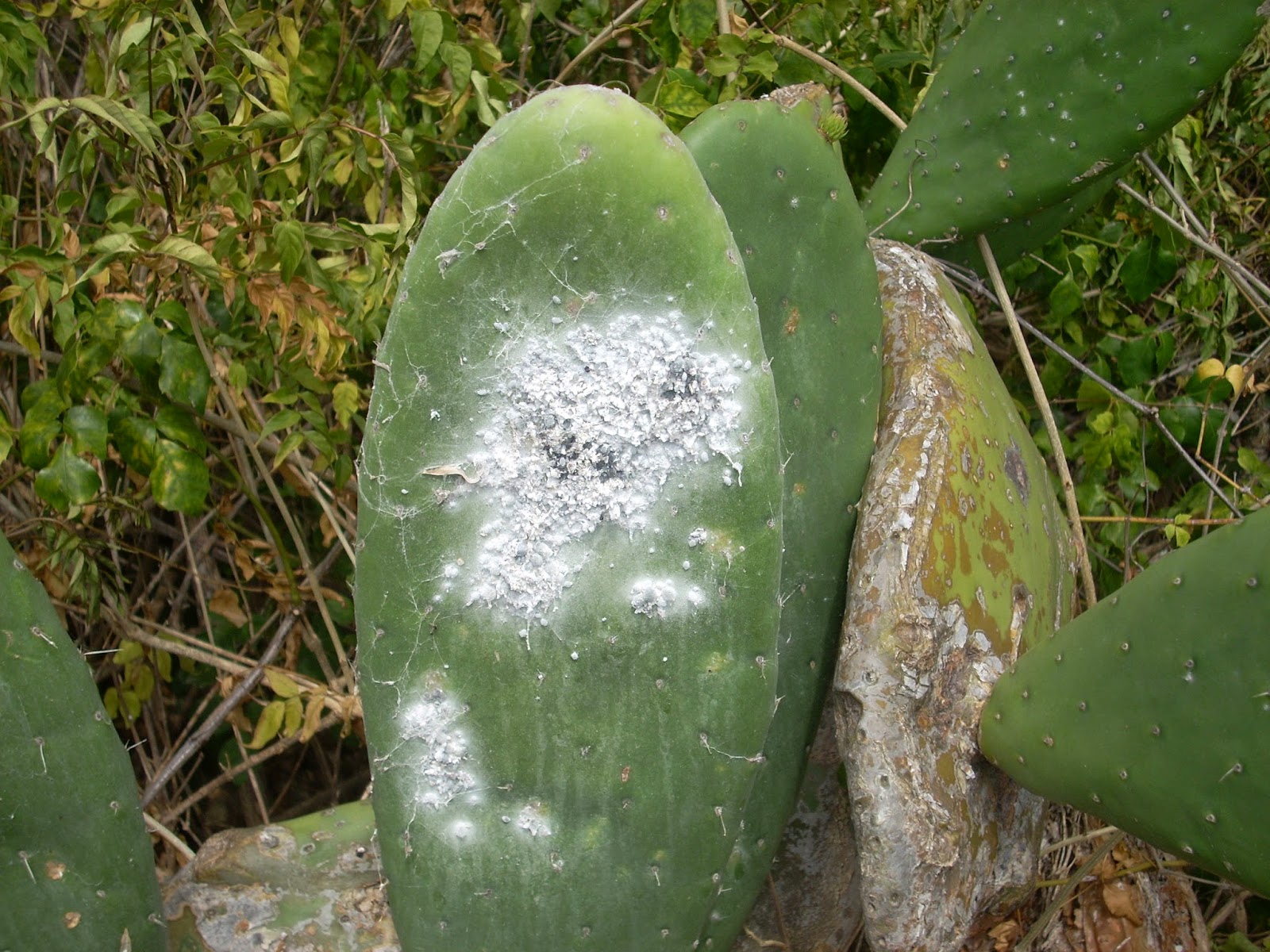There's a magnificent, restored property which very few people notice these days. Like so many other wonderful old mansions in Spain's Canary Island of Tenerife, it is surrounded now by a mass of modern,
cement urbanisations. The house hides on the slopes, between the cities of Santa Cruz and San Cristobal de la Laguna and today survives thanks to its owners hosting magnificent receptions and New
Year’s Eve parties for Canary Island revellers. It is sometimes known as Finca Mackay, after
a Scottish merchant who settled on the Atlantic island over two hundred
and fifty years ago. He owned the magnificent 16th century mansion. It once had a panoramic view over the bay and port of Santa Cruz and Captain James Cook,
Britain’s most famous navigator, maritime explorer and cartographer, took full advantage as an honoured guest.
Mackay's country mansion as it is today
Records show that on 1st August, 1776 lookouts on the San Cristóbal
fortress confirmed that sails were approaching on the horizon. It wasn’t long before two British ships sailed silently and peacefully into the bay of Santa Cruz, anchoring within rowing distance of the shore. In command was Cook, on his third and last voyage of discovery. I find it interesting to think that it was in this same arena, almost exactly
twenty one years later, that Vice-Admiral Horatio Nelson lost his arm and suffered his only defeat when
he decided to attack Santa Cruz.
Nelson attacking Santa Cruz in July 1797
It isn't clear why Cook, the great English explorer, chose to accept Mackay’s
hospitality. One might imagine he felt the need to drift inland for one last chance to savour the offerings of a fellow
gentleman, before confronting his third great voyage of discovery. Some historians
suggest Mackay was already a friend of Cook’s. Others believe there were in
fact two logical reasons. One is because the house was blessed with a perfect
view of the bay where Cook's ships, HMS Resolution and HMS Discovery, commanded by
Charles Clerke, lay anchored. The other is that Mackay’s house, which local
pronunciation gradually modified to
Macario’s house, was surrounded by lemon groves.
HMS Resolution and HMS Discovery
Both
explanations coincide with the idea that Captain James Cook, a quiet and
thoughtful gentleman, known for his common sense and meticulous planning, also possessed
extraordinary humanity, especially in trying to improve conditions for his
seamen. Indeed it is difficult to imagine the hardships faced by seamen of the
Royal and Merchant navies of the 18th and 19th centuries. Filth aboard ships and resultant infections were responsible for more
deaths than battles or shipwrecks. Cook, more than any other, insisted upon
cleanliness and a healthy environment upon his ships. He was often more
interested in preventing sickness than in sighting a new shore. Unfortunately,
long voyages like those he was commissioned to embark upon, often meant a
lack of fresh food and constant threat of the dreaded skurvy.
Captain James Cook
That is why,
when he anchored in the bay at Santa Cruz in August, 1776, Cook despatched men to purchase
as many fresh greens as possible, especially from landowners in the town of
Tacoronte and beyond. These would be preserved by sandwiching them between
layers of salt. James Cook accompanied some of his men up the slopes to just below the
town of San Cristobal de La Laguna, the island’s original administrative and
religious capital after the Spanish final conquest in 1496. That was where he gratefully
accepted Mr MacKay’s invitation. I suspect the great navigator was not so much
interested in the private comforts of a grand house, but rather in what the
Scotsman could provide for the wellbeing of his seamen. His men returned to the
port with cartloads of lemons from Mackay’s estate.
Early
medical studies proved that the consumption of ascorbic acid or Vitamin C, found
in lemons and oranges, led to the prevention of scurvy. James Lind, an
Edinburgh surgeon, conducted numerous experiments in 1747 using six sailors who
were sick with scurvy. He treated them individually with cider, sulphuric acid,
vinegar, purging with sea water and with a paste containing garlic, dried
mustard seed, dried radish root, balsam of Peru and gum myrrh. Only two of the
six patients survived. Luckily for them Lind had also given them lemons and
oranges. Although the Edinburgh surgeon never scientifically explained why citrus
juices were so effective, his four hundred page work, Treatise on Scurvy, published in 1753, led to the Admiralty
recommending that ships stock not only wort of malt, the preferred
antiscorbutic agent and more popular with the crew, but also lemons and
oranges.
James Lind administering lemon juice to a sick mariner
It was
already a custom for British seamen to be allowed regular gulps of fermented
liquor, and ale was the standard ration as early as the 14th
century. By the late 18th century beer was considered a staple beverage
and essential to soothe the hardships of sea life, as well as a medicine, like
wort and malt, to help prevent scurvy. Captain Cook administered an infusion of
malt in his attempts to prevent scurvy, although his own experiments to
determine whether wort was in fact a cure were inconclusive. So, persevering in
his regime of cleanliness, fresh air and an antiscorbutic diet, he encouraged
naturalists, who accompanied him on his voyages, to identify any edible plant
which might help fight scurvy. He also eagerly adopted other remedies, like
carrot marmalade and concentrated lemon juice. Thus his main objective for stopping by in Tenerife was to obtain Mr Mackay’s lemons.
Forcing his
seamen to take concentrated lemon juice as well as sauerkraut on a daily basis
was not popular, as one can imagine. It was only after he ordered his
officers to set an example and take the same medicine that the murmurings
amongst the crew ceased.
Whether his preference for Tenerife lemons resulted in maintaining a healthy crew or not, what is certain is that Captain Cook won the
battle against scurvy aboard his ships. Not one single member of Cook’s crews perished
as a result of scurvy. The Royal Society awarded him the Copley Gold Medal in
recognition for his efforts to improve the health of British seamen.
(Certain images have been reproduced from internet with no personal financial gain intended.)
By John Reid Young
Author of
The Skipping Verger and Other Tales,
A Shark in the Bath and Other Stories and
The Journalist (a novel)














































